
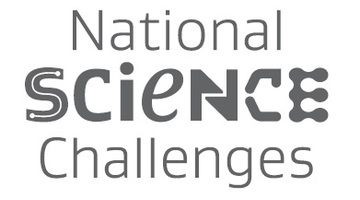
As New Zealanders looking to the future, we are faced with many opportunities – and challenges. These include improving the health of all our people, advancing our economic growth, protecting our ...
READ MORE

This timeline has some key dates relating to breaking the 4-minute mile. Faster, further, longer, stronger – humans breaking records. 31 May 1913 American John Paul Jones holds the first ...
READ MORE

How can one person beat everyone in a marathon, but be left in the dust in a sprint? Strength, power and endurance may be due, in part, to the distribution of the two different types of muscle ...
READ MORE

In this activity, students investigate data from research on the effects of whole body vibration training. Rights: Vibra-Train Bullet push-up An example of a bullet push-up, as part of whole body ...
READ MORE

In this activity, students record and average responses to questions about muscles. Rights: National Aeronautics and Space Administration (NASA) Muscles in the body Anterior and posterior views ...
READ MORE
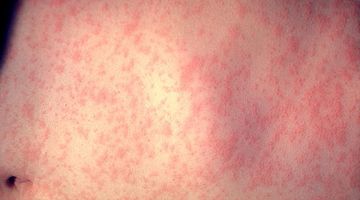
In this activity, students use drama to model science ideas about immune response to pathogenic microorganisms. By the end of this activity, students should be able to: explain some basic ideas ...
READ MORE
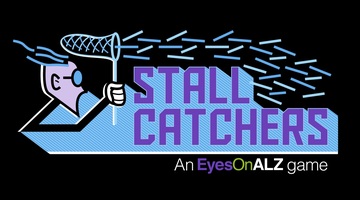
Alzheimer’s disease is an irreversible, progressive brain disorder that slowly destroys memory and thinking skills and eventually even the ability to carry out the simplest tasks. In this online ...
READ MORE
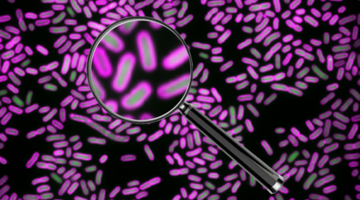
Help this global project to develop a faster test for antibiotic resistance by looking inside bacteria that have been treated with antibiotics. This will improve healthcare for patients with ...
READ MORE

This citizen science project wants your assistance to extract information from various climate scientific graphics to help combat misinformation and support scientific communication. Using this ...
READ MORE

Join Karen Parker from Tahuna Normal Intermediate School and Greta Dromgool from the Science Learning Hub in a session which will introduce you to Vision 20/20, an exciting Participatory Science ...
READ MORE

The ‘predict, observe, explain’ strategy developed by White and Gunstone (1992) prompts students to predict the outcome of an experiment, then do the experiment and, finally, to explain their ...
READ MORE

In this recorded professional learning session, Greta Dromgool talks with Dr Kristin Dyet about her role at New Zealand’s Institute of Environmental Science & Research (ESR). Kristin shares ...
READ MORE
This is an edited recording of the webinar Vision 20/20.
READ MORE
Dr David Stevenson, a senior scientist with Plant & Food Research, bases his advice for health and wellbeing on what scientists are discovering about cellular components called mitochondria ...
READ MORE
This is an edited recording of the webinar Science for communities with ESR. Krisitin Dyet, microbiologist with ESR, discusses her role and the importance of AMR awareness.
READ MORE

This slideshow, from the webinar Vision 20/20, provides additional support for the webinar video. Use the Slideshow menu for further options, including view full screen, and go here for the ...
READ MORE
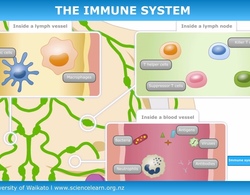
This interactive explains the different cells, microorganisms and molecules involved in the human immune system. Click on the labels for more information. Select here to view the full transcript ...
READ MORE
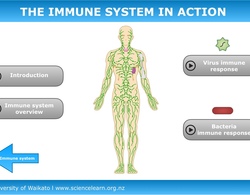
This interactive is a simple version of the human immune response to two different pathogens. Click on the labels for more information. Select here to view the full transcript and copyright ...
READ MORE